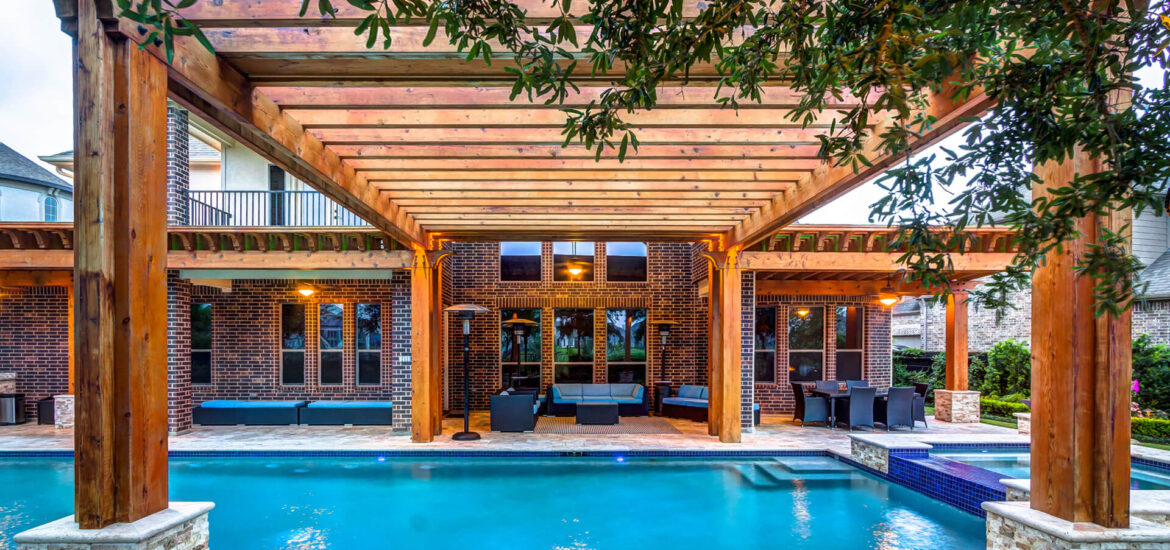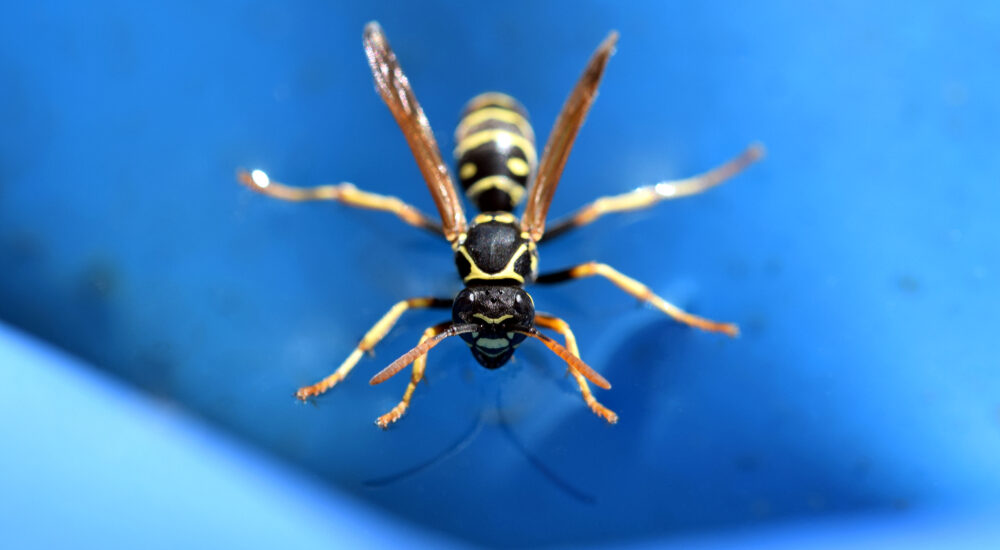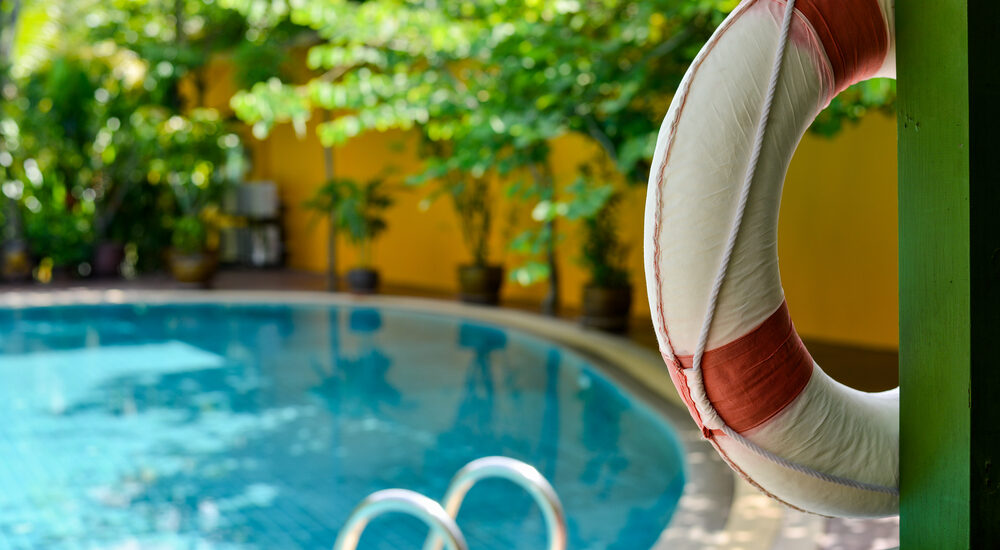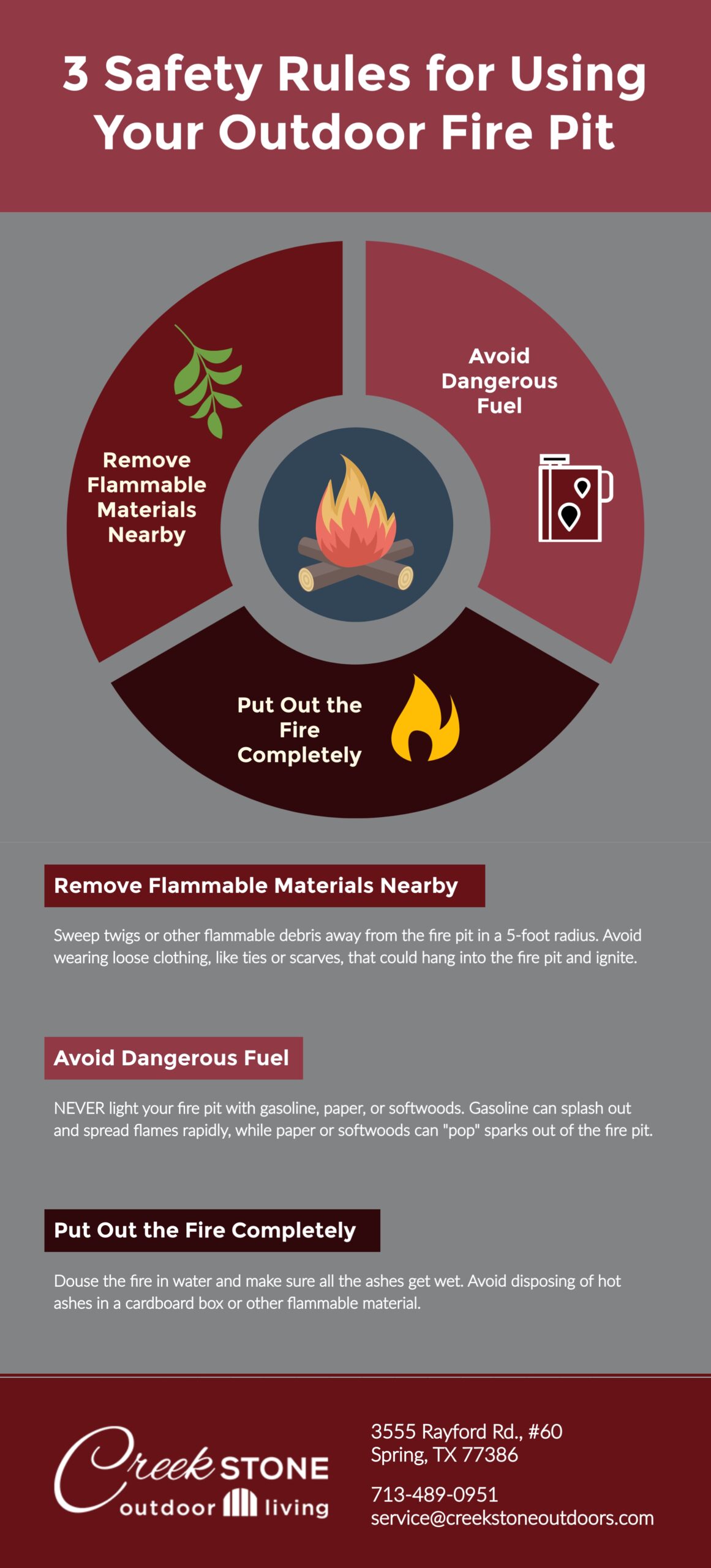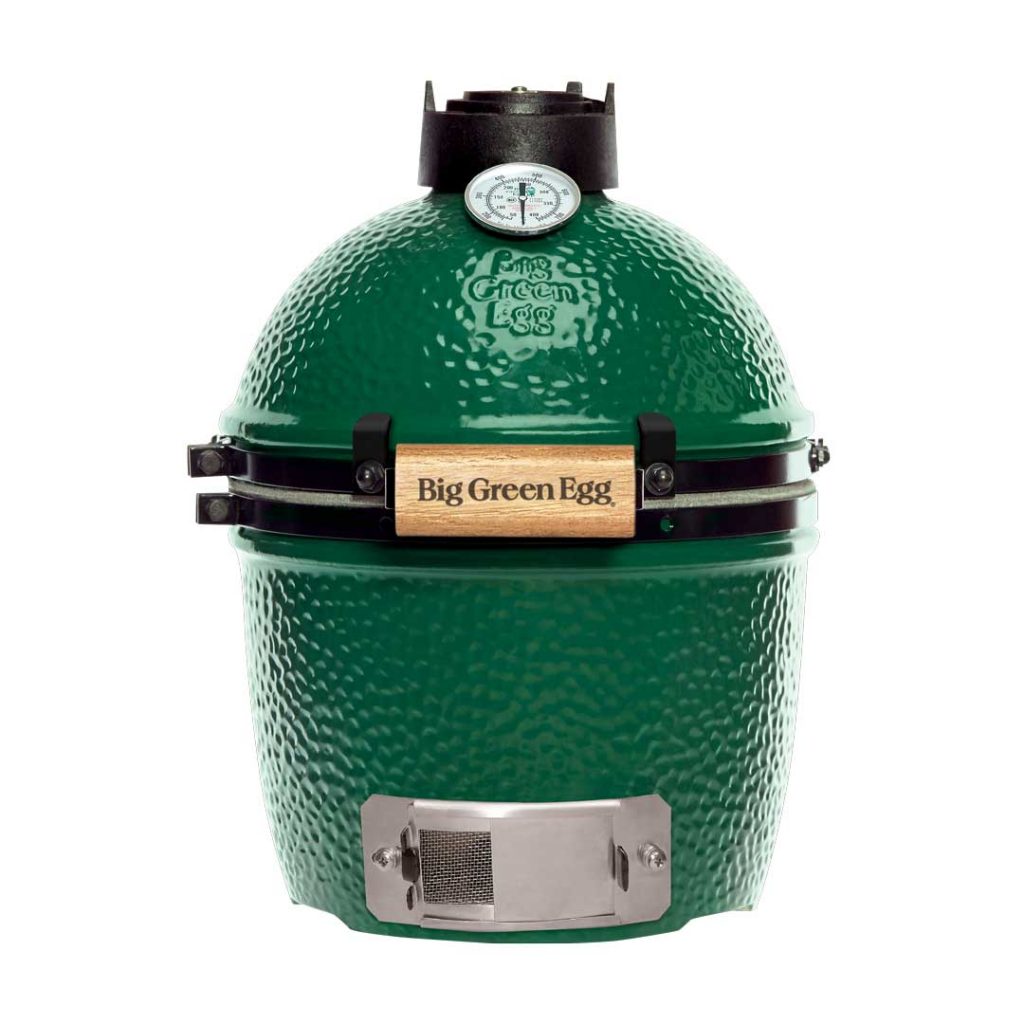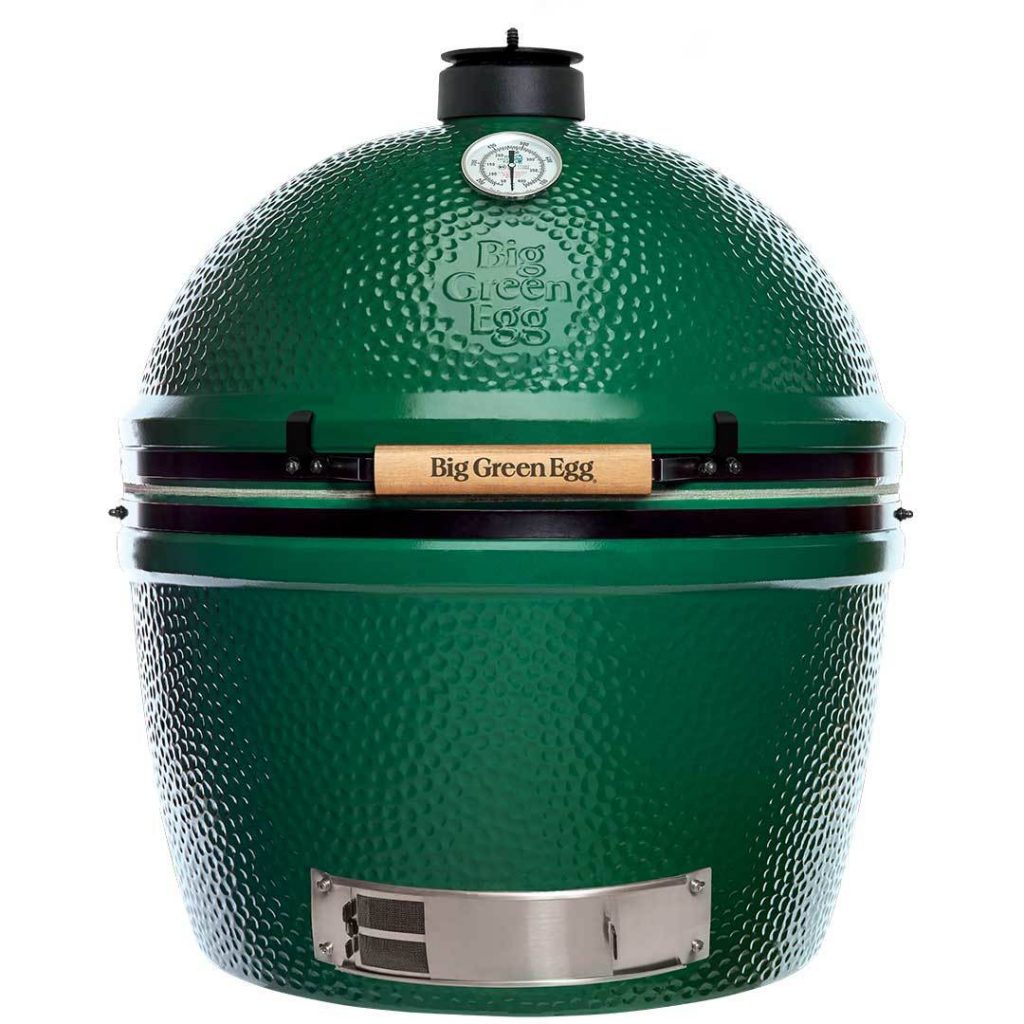The first Monday in September is Labor Day, a federal holiday, and a time when we all grab our aprons and head outside to sizzle up some delicious barbecue and other treats. This year has been different, to say the least, with COVID-19 and the social distancing protocols we have all had to adhere to. However, that doesn’t mean we can’t have a safe backyard barbecue!
With Labor Day 2020 coming up, here are some tips to host a backyard barbecue safely:
- Spend the Day Outdoors
- Keep Your Party Small
- Handle Food & Drinks Properly
Labor Day 2020 doesn’t have to be a lonely affair! Here’s how to host a safe, socially distanced backyard party. #Creekstone #LaborDay2020 Click To Tweet
Spend the Day Outdoors
Plan to spend this upcoming national holiday outdoors. Even if someone at your party has the virus, the virus gets diluted outdoors and scatters in the wind, so your body will have a better time tackling the smaller quantities of virus that may be in the air. Here are a few ways to plan for your backyard barbecue:
- Sketch your outdoor arrangement on paper: Your outdoor space must allow guests to stay six feet apart. Will you be grilling at your party or will it primarily be conversation and drinks? It’s also important to consider where the shaded areas will be and identify optimal seating arrangements so people can enjoy themselves while also staying safe and socially distanced.
- Prep the bathroom: The bathroom is a high-risk area for contamination if it’s not prepared properly. To have a safer bathroom experience for all your guests, leave rolls of paper towels so people can turn the faucet on and off, open and close the door, etc. so that no high touch objects become a source for the infection.
- Share the grill, but encourage guests to BYOB: The grill’s high temperature will kill viruses, so it’s safe to share the grill with your guests. However, it is better to encourage guests to bring their own drinks and sides. Additionally, set up a separate table for visitors with individual bottles of hand sanitizer to avoid multiple people touching the same object and increase the chances of infection.
Keep Your Party Small
For your celebration, it’s important to keep the party small. Small is a relative term, and it really depends on the size of the outdoor space that you will be using. As long as guests can stay six feet apart, wear masks, and are socially distanced, then you should be able to host your barbecue safely. Check with your state’s policy as well on the maximum number of people that can be at a gathering.
Pro Tip: For the sake of protecting your loved ones, make a list of guests that are more prone to contracting COVID-19 based on age, health status, and comfort level.
Handle Food & Drinks Properly
Even if the guests are socially distanced, the virus can still be transmitted if two people touch the same item. To mitigate this risk, avoid shared dishes like chips, dips, and platters. Opt for disposable dishes and utensils. Additionally, be mindful of what foods are exposed to the heat for too long. Mayonnaise, for example, when exposed to warm weather for an extended period of time, can go bad and cause food illness. Since emergency rooms are packed these days, making a trip to the hospital for any reason could be difficult.
Labor Day Celebration Unlike Any Other
Although this year has been different, you can still celebrate Labor Day with your family and loved ones. Be sure to review the safety tips and structure your outdoor environment to keep everyone safe!
Get in touch with us for more Labor Day 2020 ideas.


